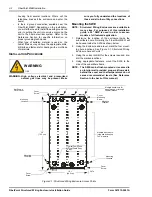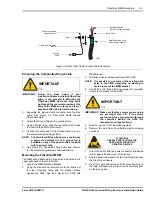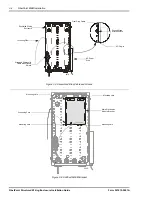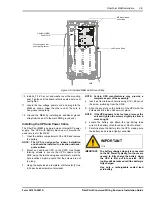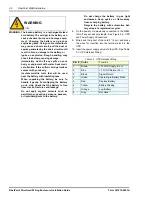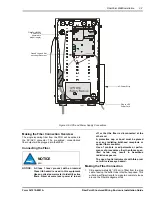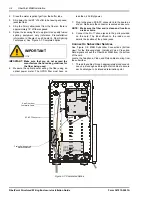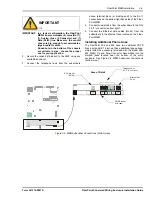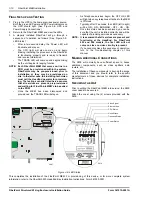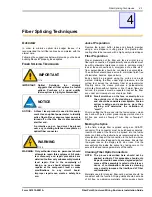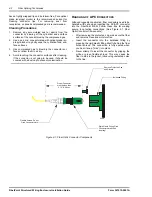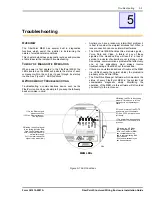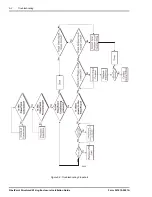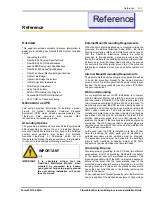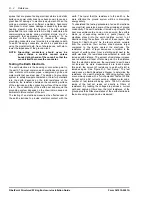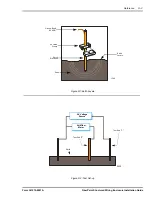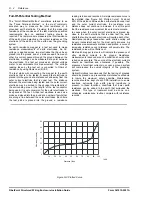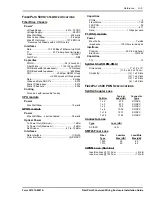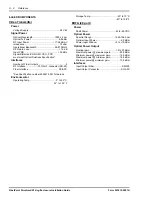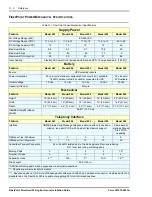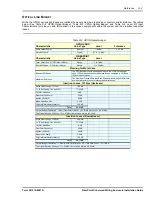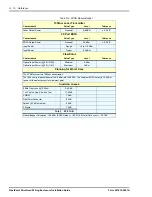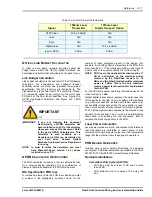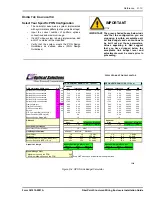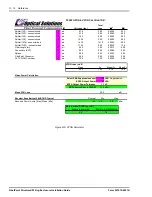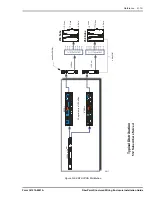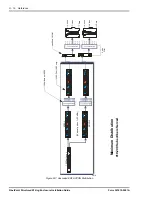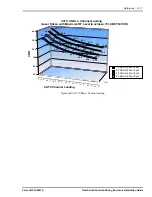
R - 2
Reference
FiberPoint Structured Wiring Enclosure Installation Guide
Form 361015-0001A
spikes that are present during electrical storms and static
buildup on power utility lines have been known to cause a
great deal of damage to electronic equipment. When the
voltage potentials reach sufficient amplitude, flashovers
take place. In most cases, damage is caused by the super
heating present during the flashover. The high voltage
potentials that are induced into AC utility conductors and
communications cables during electrical storms are of a
wavelength that approaches the RF spectrum. To be
effective in the discharging of induced RF energy,
grounding conductors must provide a low impedance path
to earth. Keeping conductors as short as possible and
using the most direct path, free of sharp bends, will help to
lower the impedance of the ground circuit.
NOTE: Grounding conductors should never be
placed inside a metallic conduit unless
bonded at both ends of the conduit so that the
conduit itself becomes the conductor.
Testing the Earth Electrode
The earth electrode is the bonding or connection point to
the earth. The most common earth electrodes are ground
rods, metallic cold water pipes, underground grids and
water wells that use steel pipe. The ability of a grounding
system to safely dissipate unwanted or harmful potentials
into the earth, depends on the total resistance of the
electrode, the resistance between the conducting surface
of the electrode and the conducting surface of the soil that
it is in. The conductivity of the earth near and around the
grounding system depends on the chemical makeup and
ambient moisture content of the soil.
The testing of an electrode measures the effectiveness of
the earth electrode to provide electrical contact with the
earth. The lower that the resistance to the earth is, the
more effective the ground system will be in dissipating
energy safely.
To understand the testing procedure of an earth electrode,
one must first understand some of the principles of ground
conductivity. The earth acts like it is made up of layers that
bear a resemblance to an onion. Like an onion, the earth is
made up of expanding sections or peels (layers). An
electrode placed into the earth radiates current in all
directions along the surface of each of these layers. See
‘Figure R-1:Earth Layers’. As the layers extend outward
from the electrode, their surface area becomes larger
compared to the layers nearest the electrode. The
resistance of each of layer decreases in relation to the
amount of surface area. From a starting point next to the
earth electrode, the resistance measurement to earth will
increase with distance. The amount of resistance increase
due to distance will taper off at some point. As the distance
from the electrode increases, the resistance to earth does
not increase. As more measurements are taken beyond
this point, the amount of resistance to earth will start to
increase again. See ‘Figure R-2: Test Set-up’. The test
setup uses an Earth Resistance Megger to determine the
resistance of an earth electrode. Grounding system tests
are commonly made with a “full of potential” test set. Within
the test set is a AC current source, a voltage meter and a
number of test terminal binding posts. The AC voltmeter
inside of the test set reads out directly in Ohms of
resistance. By reading the voltage drop across a current
path and applying Ohms Law, the total resistance of the
ground plus the surface resistance of the earth electrode to
the surrounding ground can be measured.

